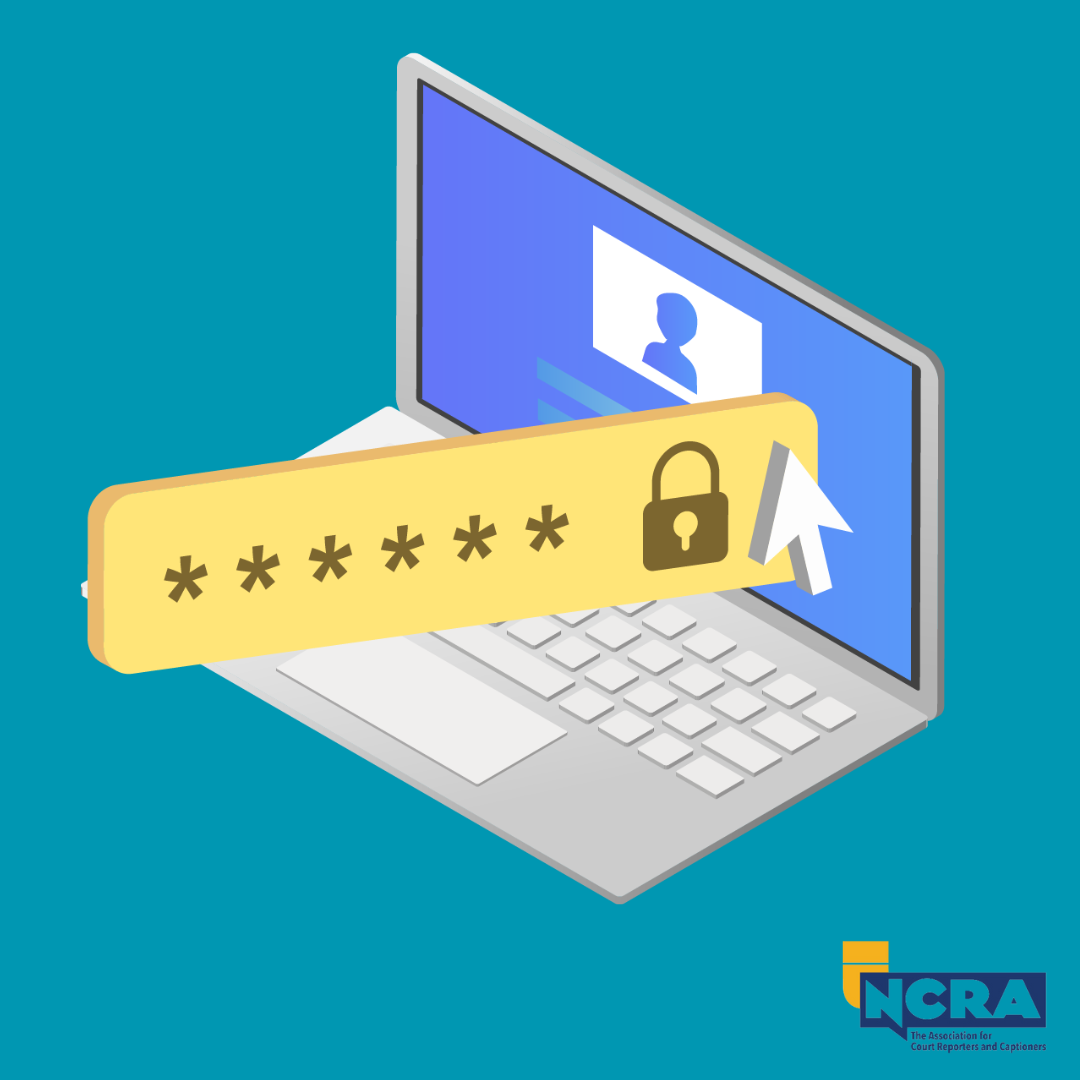Passwords have a long history dating back to ancient times when they were important for security. One of the first known uses of passwords was in ancient Rome where soldiers used them to identify each other during nighttime patrols. These “watchwords” helped distinguish friends from enemies. If someone didn’t know the correct word, they couldn’t pass through.
Over the years the main purpose of passwords has stayed the same: To verify who you are and control access. However, not all historical examples show good security practices. A famous story from “Ali Baba and the Forty Thieves” features the password “Open Sesame” which allowed a merchant to access a cave filled with treasure. This story highlights how passwords can lead to unauthorized access if not kept secret. In real life poor password choices have led to serious security problems. For example, during the Cold War a nuclear launch code was shockingly simple: 00000000. The goal was to make missile launches fast and easy, but this choice left sensitive information vulnerable.
The use of passwords took a big turn in the 1960s with the rise of computers. As more people shared access to the same systems, the need for password protection became clear. This led to the creation of the first password-protected file systems, but it also gave rise to the first password hackers. In the 21st century, the way we handle passwords has changed dramatically. By 2003 experts recommended using complex passwords that combined letters, numbers, and special characters. Yet password security remains a significant issue. In 2017 81 percent of data breaches were linked to stolen or weak passwords. This alarming figure prompted the adoption of multi-factor authentication (MFA) which adds another layer of security when accessing accounts.
As cyber threats continue to evolve, so do the methods used by criminals. The future of password security is likely to shift toward biometric authentication which uses unique physical traits like fingerprints or facial recognition. This change suggests that relying solely on passwords may no longer be enough to keep our data safe.
Looking ahead, while biometric systems offer exciting possibilities, they also come with new challenges. The ongoing struggle between cybersecurity and cybercrime will shape how we protect our identities and access information in our digital world. The history of passwords serves as a reminder that, as technology advances, our approach to security must also evolve.


